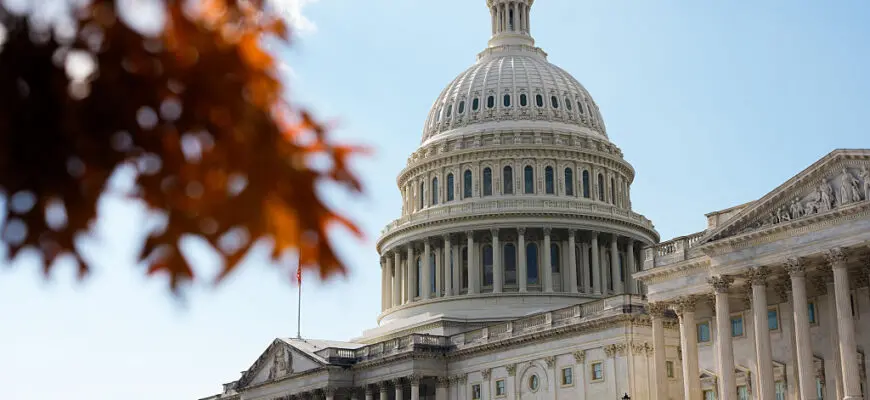The current government shutdown has set a record as the longest in U.S. history at 35 days and counting, surpassing the previous 34-day record set during President Donald Trump’s first term. While recent funding gaps have stretched over a month, historically, most shutdowns have been significantly shorter, with four instances during the Reagan administration lasting just a single day.
Since Congress introduced the modern budget process in 1976, there have been 20 official “funding gaps”—periods of at least one day without appropriated funds. According to the Committee for a Responsible Federal Budget, most of these instances lasted less than two weeks, or sometimes only a few days.
The four shortest shutdowns in U.S. history all occurred while former President Ronald Reagan was in office, each lasting just one day. These instances were tracked by a collaborative project between the Office of the Historian and the Clerk of the House’s Office of Art and Archives.
Sept. 30, 1982 to Oct. 2, 1982
This shutdown began because Congress missed the deadline to pass a spending bill, but the failure was due to scheduling rather than policy disagreement. Democrats and Republicans had managed to strike a compromise, but both parties had events the night funding expired, delaying the legislation’s passage until after the government had technically shut down, according to the New York Times.
Oct. 3, 1984 to Oct. 5, 1984
This was the second of two funding gaps that occurred back-to-back in 1984. The first gap (Sept. 30 to Oct. 3) unfolded because Reagan and House Democrats disagreed over certain provisions related to crime, civil rights, and water projects. Lawmakers then failed to meet the new deadline, leading to the second shutdown and the furlough of 500,000 workers for about half a day on Oct. 4, according to the Times.
The impasse ended when Democrats conceded to Reagan’s demands, agreeing to pass a crime bill the President wanted and dropping provisions related to civil rights and water projects. Workers returned to the office the following day.
Oct. 16, 1986 to Oct. 18, 1986
Two years later, the government shut down after House Democrats pressed for provisions that the Reagan Administration opposed, such as expanding welfare (then called Aid to Families With Dependent Children). Approximately 500,000 non-essential federal workers were furloughed for half a day, the Times reported. The shutdown concluded after Republicans agreed to vote on expanding welfare, in exchange for Democrats passing the funding bill.
Dec. 18, 1987 to Dec. 20, 1987
This brief shutdown was caused by disagreements over whether to send funding to the Contras, a rebel group in Nicaragua—a request Democrats pushed back against. Democrats also attempted to reinstate the Fairness Doctrine, a Federal Communications Commission policy that had required broadcasters to cover various perspectives on controversial political issues before its repeal earlier that year. The government reopened after Democrats agreed to send non-lethal aid to the Contras, though they were unsuccessful in reinstating the Fairness Doctrine.
Honorable Mention: Feb. 8, 2018
During President Trump’s first term, there was a five-and-a-half-hour lapse in appropriations on Feb. 8, 2018. This was caused by Republican Senator Rand Paul filibustering a bipartisan spending bill due to its cost, delaying the bill’s passage until 5:30 a.m.
While some referred to it as a shutdown, the Committee for a Responsible Federal Budget does not count it among the 20 official instances of “funding gaps,” as it did not result in any federal employees being furloughed.









